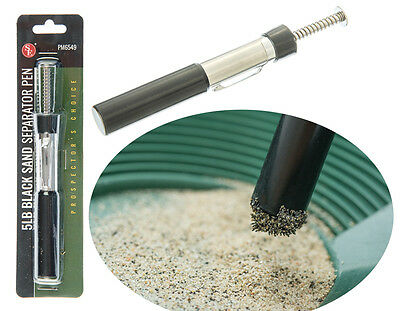-40%
"Omaha Beach" D-day Landing, Normandy, Operation "Overlord" Sand from Beach
$ 3.64
- Description
- Size Guide
Description
opportunity to buy a small part of history.Here are a few grams of sand from Omaha Beach. Little bottle 40mm / 1.58 inch I have personally collected the sand from omaha beach (saint laurent sur mer)
OMAHA BEACH
If there is one place where the Landings nearly failed, it is, of course, Omaha Beach.
Although the place chosen for the amphibious assault was certainly not ideal for the purpose and presented many risks, it was the only possibility between Gold, the British sector to the east, and Utah, the other American beach, further west on the Cotentin coast. Between Grandcamp and Arromanches, the Bessin region is bordered by sheer limestone cliffs rising twenty or thirty metres above the sea. In front of the villages of Vierville, Saint-Laurent and Colleville, however, there is a six or seven-kilometre gap, where the cliffs give way to bluffs intersected by gullies providing access to the beaches.
Because of its topography the site was easy to defend. There were no fewer than fourteen Widerstandnessen (“resistance nests”), located mainly at the entrance to the gullies leading from the shore to the plateau, which were also blocked by antitank walls. The Germans had covered the entire area with guns, machine-gun nests, mortars, minefields and barbed wire.
In March 1944, the beach was given the codename Omaha, a city in the state of Nebraska. Three months later, it went down in the history books as “Bloody Omaha” because of the terrible losses suffered there by V US Corps, made up of the 1st Infantry Division under Major-General Huebner and the 29th Infantry Division under Major-General Gerhardt.
Landing at 6.30 am, the first waves were greeted by heavy fire and pinned down on the beach. The previous night’s aerial bombardments, like the firing by the naval artillery immediately prior to the assault, turned out to have been extremely ineffectual. The German defences had remained practically untouched and raked the beach with fire, mowing down their attackers. To make matters worse, almost all the amphibious tanks sank before reaching the beach, thereby depriving the infantry of vital covering fire. As the hours went by, the situation inexorably deteriorated. As the tide rose, the beach become increasingly crowded with bodies borne in by the waves, countless wounded and the smoking carcasses of vehicles destroyed by shellfire. As the engineers responsible for removing all the underwater obstacles had been decimated by enemy fire, many incoming barges bringing reinforcements crashed into the poles and detonated the mines.
After an ordeal lasting several hours, the American soldiers at long last gained the upper hand. As the gullies were too strongly defended for them to venture up them, the GIs, drawing on every last ounce of energy and courage, managed to climb the bluffs towards the end of the morning and small groups made their way across the plateau to launch an attack from the rear on an enemy whose resistance was, in any case, gradually crumbling.
By the evening of D-Day, the Omaha bridgehead was scarcely two kilometres deep. The operation which had begun so badly had ultimately been a success, although a very heavy price had been paid. The losses totaled.
I send the bottle with protected mail. I combine shipping.












